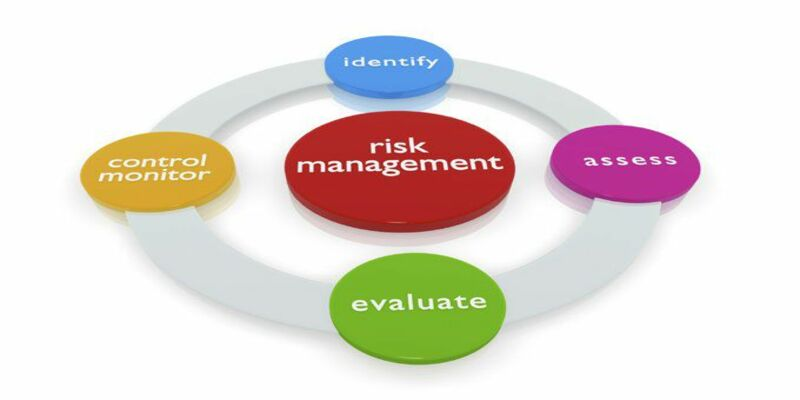Hidden Risks Day Traders New To The Market Face
Nov 07, 2022 By Triston Martin
Humans are guided by their emotions in the present and are predisposed to respond to them, yet these irrational tendencies may be disastrous to a day trader's bottom line. Day trading could seem simple at first glance. Make quick trade entries and exits in response to market fluctuations, pocket a little profit, and try again tomorrow. Day traders face several risks and pitfalls daily; unfortunately, many novice traders are ignorant of these hazards and how easily their trading accounts may be deleted. On the surface, day trading seems to be a simple endeavor. Turn a little profit and try again tomorrow. Hidden Dangers That New Day Traders Face several market risks, many of which are invisible to inexperienced traders.
A Failure To Manage The Risks
The lack of a risk management plan or an insufficient one poses the greatest threat to inexperienced day traders. What starts trading if you don't believe in your ability to make money? This blind optimism might cause new traders to neglect risk management. You may develop a fundamental risk management approach by following these suggestions.
The Stop-Loss

Put a stop-loss order on every transaction you make to limit your loss exposure. In the beginning stages of your day trading career, you should never risk more than 1% of your trading outstanding balance on any one deal. The risk is the number of shares or lots you bought multiplied by the difference between your entry price and your stop loss price.
A Daily Limit
While it's a good idea to limit your exposure in each transaction, if you make a lot of trades every day and lose most of them, you may still incur 10% or more losses in a single trading session. You may protect yourself from excessive losses by setting a daily stop-loss limit. A good rule of thumb is not letting the limit exceed 3 percent of your total balance. Stop trading for the day if you lose 3% of your account balance. You may set your daily risk limit comparable to your average successful day as you acquire experience and a track record of success. Setting a daily cap ensures that losses from a single day are quickly offset by an average winning day.
A Poorly Tested Or Absent Strategy
Many novice day traders want to start trading and generating money. Read about a method, like how it appears, and immediately try it out with real money. Some people are warrier, so they first practice the technique on a demo account. They test the approach with a small amount of virtual currency and, if profitable, go on to trading with real funds. There is a high probability that both of these strategies will ultimately be unsuccessful. Competent, successful traders understand the strategy's strengths and weaknesses via extensive testing across various market situations before committing real money to it. This is done by extensive practice trading on a virtual account, usually for 3 to 6 months, and by reviewing price charts from the past to see how the approach would have performed under different market situations.
The Broker

Choosing a broker is the most critical business decision you will make. Many traders don't take the time to learn about their broker until they encounter an issue, even though they place all their funds with them. Scam brokers are a common source of frustration when dealing with brokers. These brokers are often based in developing nations, although they may appear everywhere. If you send money to a broker who turns out to be a scam, getting your money back might be next to impossible. If there are serious concerns about a broker, they should surface in web searches since scam brokers don't live long and are often mentioned in complaints threads.
Conclusion
Day trading may seem simple at first glance. As a result, hundreds of new day traders join the market daily, anticipating substantial profits. Day trading methods are among the most challenging to put into practice. Further, only a tiny subset of investors will be a good fit for this strategy. There are several pitfalls in the market that inexperienced traders don't see. Most of them deplete their funds entirely in the first few hours without realizing what occurred. Here we'll look at some of the most significant dangers and unseen obstacles that rookie day traders need to navigate.








